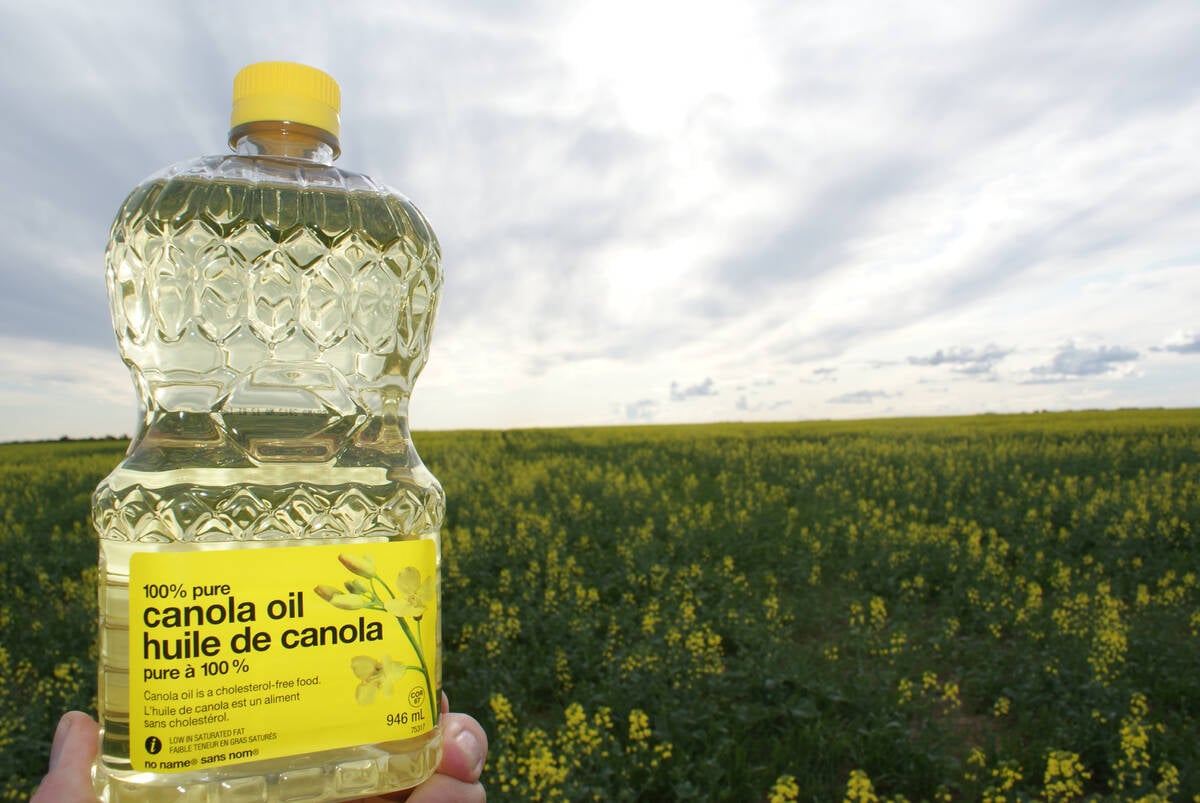India has extended its ban on pulse exports and is keeping duties off imports for another year.
The two policy measures were set to expire March 31, but India’s government felt an extension was in order to deal with continuing food price inflation in the country.
“There’s a lot of politics in there,” said Canadian pulse crop analyst Brian Clancey.
This is the third extension for an export ban that was originally introduced June 28, 2006. But the policy is having little impact on prices.
India typically exports 150,000 to 300,000 tonnes of pulses, according to the United Nations Food and Agricultural Organization. That’s a drop in the bucket for a country that harvests 14 million tonnes of pulses annually.
Read Also

Rising vegetable oil demand may offset bad biofuel news
Global biodiesel/renewable diesel production is expected to decline for the first time in a decade. Bad timing for a canola industry looking for new markets.
“Governments have to be seen to be doing something, even if what they do is not that important in the whole scheme of things,” said Clancey, editor of the Stat Publishing newsletter.
The real problem is the country’s inability to satisfy the ever-expanding demand for pulses with domestic production.
Winter or rabi season pulse plantings were down 5.9 percent from a year earlier, according to India’s department of agriculture. There are reports from India that production will be down 8.8 percent or 830,000 tonnes. Some Canadian exporters think it will be a bigger setback than that.
“There are people here that are talking very extravagant numbers for pulse production reduction,” said Clancey.
He predicts a 600,000 tonne drop in rabi chickpea production, but he acknowledged it could easily be more than that.
Whatever the number, it seems clear there should be another strong Canadian export program to India in the 2008-09 crop year. Old-crop sales have stagnated of late, but that is to be expected because India is in the midst of its own harvest and has a stockpile of imports sitting on the docks.
“There is already new-crop buying interest out of India, so the signs are looking fairly positive for strong import demand in the last half of the calendar year,” said Clancey.
What remains to be seen is if there will be enough demand to mop up what is expected to be a larger supply of Canadian peas and lentils.
Agriculture Canada is forecasting a 3.3 million tonne pea crop and a 750,000 tonne lentil crop, a 12 and 11 percent increase respectively over last year’s production.
Clancey said the pea carry-out could prove particularly troublesome because at today’s prices there is no feed market for the crop.
He thinks some people in the trade might be overly bullish about the potential for human consumption markets to absorb all of those yellow peas and red lentils.
While food price inflation is a minor annoyance in the North American market, it is a different story overseas.
“Always remember that at certain price levels (Indians) won’t eat. They will simply not eat,” said Clancey.
Another red flag is the ongoing phytosanitary saga. Earlier this year, India extended a temporary measure allowing Canadian exporters to fumigate for stem and bulb nematode pests at destination rather than origin to Sept. 30, 2008, from the earlier deadline of March 31, 2008.
The new deadline falls in a peak shipping period for Canadian exporters. Shippers are wondering what to do about a recent tender for 35,000 tonnes of Canadian yellow peas to be delivered during the September to November period.
“It adds a lot of risk for companies,” said Carl Potts, director of market development with Pulse Canada.
“Do they choose to offer on that business when they don’t know what the import requirements are going to be?”
Pulse Canada continues to press for a permanent solution to the stem and bulb nematode problem or, at a minimum, another extension that will move the deadline beyond that peak shipping period.
“That’s where our big concern is right now and that’s what we’re focusing on,” said Potts.















